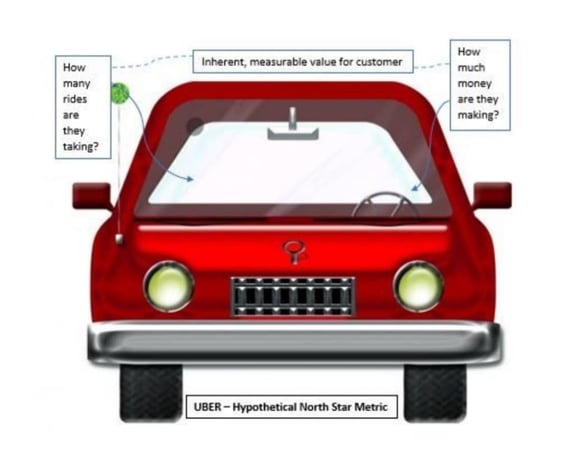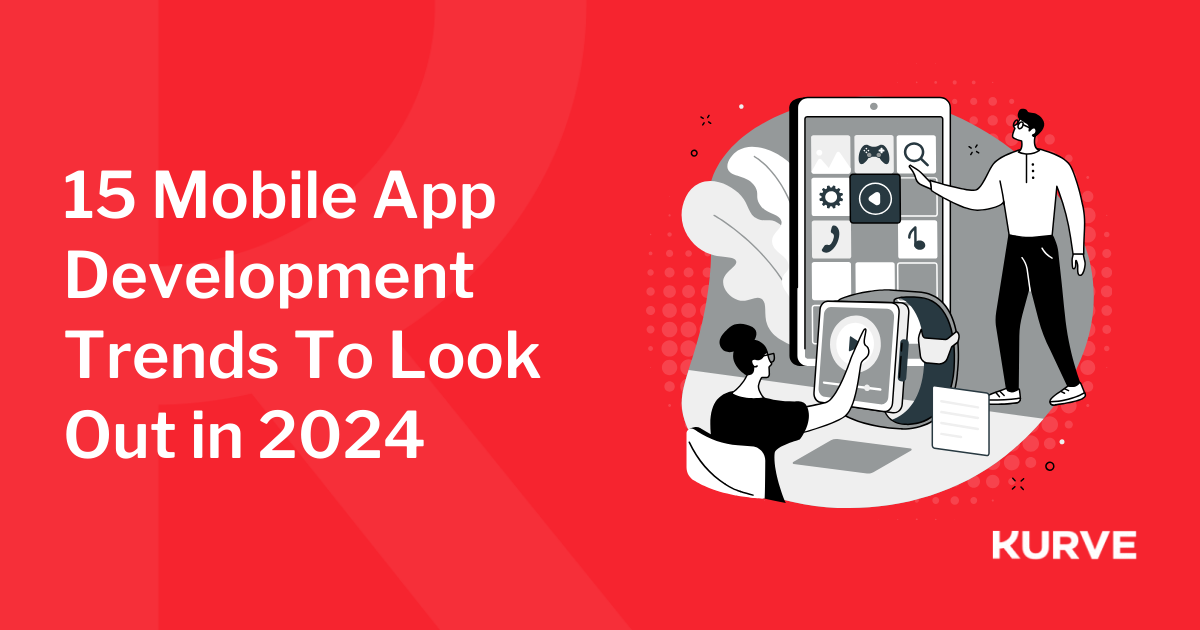How to Find and Use Your North Star Metric
North Star Metric: How to Find and Use Yours
For centuries, the North Star has been a formidable navigational force in the chaos of the night sky - a singular light to guide curious travellers towards their destinations. A consistent trope in mythology and literature, Silicon Valley has now borrowed this powerful astronomical element to drive companies towards long-term, value-centred growth. If your aim is sustainable growth, it can be challenging to know whether the efforts you put into your business are achieving outcomes that will put you on the steady upward slope of the curve. The north star metric is a means of tracking past progress in order to make predictions about where your business is headed. But the north star metric comes with a warning. As much as growth experts like Sean Ellis have written about the merits of the north star metric , they have also warned against its shortcomings. As you will see later in this article, it should be used with caution.
What is a North Star Metric and Why is it Important?
A north star metric is a singular key output measurement of the value of your product, based on user experience. It empasses:
-
The core value of your product to your customers
-
Concrete, numerical data for your sustainable growth strategy
-
A vision of the future for all elements of your company to work towards
The north star metric allows you to quantify your value . It provides a computable outcome to your customer’s relationship to your product, and allows you to set targets for the future of your business. In this way, it is product-centred , meaning you use the performance of your product as a key indicator for future success. Significantly, having a north star metric promotes better teamwork, consolidating all the tasks within your organisation by steering them towards one collective goal. You and your team are held accountable to a specific, measurable ideal. Let’s take the example of Uber. Uber has two types of users: its drivers and its riders. The north star metric for Uber is the amount of money their drivers are making, and the number of rides their riders are taking. These measurements will give you key insights into the user experience. If the product is not valued, the numerical value will be on the low end. Everyone at Uber knows what they are working towards - more rides for passengers and greater income for drivers.

How can you find - and use - your north star metric?
Arriving at your one core measurement necessary for the north star metric can be challenging. How do you narrow down the value of your product into a single, basic element? Here are five steps to implement that will break down this daunting task into actionable bites.
-
Visualise your ideal customer’s experience with your product. What is it that they get from it? Why do they bother coming back
-
Take your answer to Step 1 and translate it into numerical terms. How can you quantify it for the purpose of assessing it
-
Distill your answer to a single metric. This may be the most difficult part of the process. Many points that you would like to include may have appeared. Hone in on one star. Navigators of yore would have found following multiple north stars very confusing.
Note: Think of the example of Airbnb. The value for the customer is convenient accommodation booking. The numerical answer to that is number of nights booked.
-
Now it’s time to put your north star metric to use. List the variables that coalesce to create this single quantifying point. What are the influences on this data set?
-
Map out the variables and how they interact with one another. As part of your map, include which members of your team are responsible for the actionable items you have identified.
When the north star metric leads you astray It is important to note that the north star metric comes with a warning label. Literature on the dark side of blind obedience to the north star metric is becoming as prevalent as that which touts its merits. The adoption of the north star metric can lead to oversimplification and generalisation. Using it as the guiding light for your employees may be counterproductive. It may have the adverse effect of evoking a sense of being lost in the wilderness. Follow that star? Seriously? Is that all you’re going to give us? To combat this, make sure that you complement the adoption of a north star metric with more detailed-oriented subsections . In addition, if there is an over-reliance on the data that your north star metric provides, that very data may lead you astray. Numerical data alone is not enough when it comes to understanding value. A great example of this is the study done by Linkedin where they explain, through their own experience, that your internal GPS - your intuition - should not be taken for granted.
Summary
In a business environment where startups appear like whack-a-moles, the sustainable and value-centered should be prized over the superficial and short-term. The north star metric can be an outstanding tool to:
-
Prioritise sustainable growth over rapid, uncontrolled growth
-
Create measurable data based on user-experience
-
Adopt a product-centred approach to your business
-
Align the objectives of the various players in your team.
But remember to adopt it with caution, and not to avoid over-reliance on it as a tool. If you don’t, you may become the business equivalent of following Apple Maps off a cliff.


